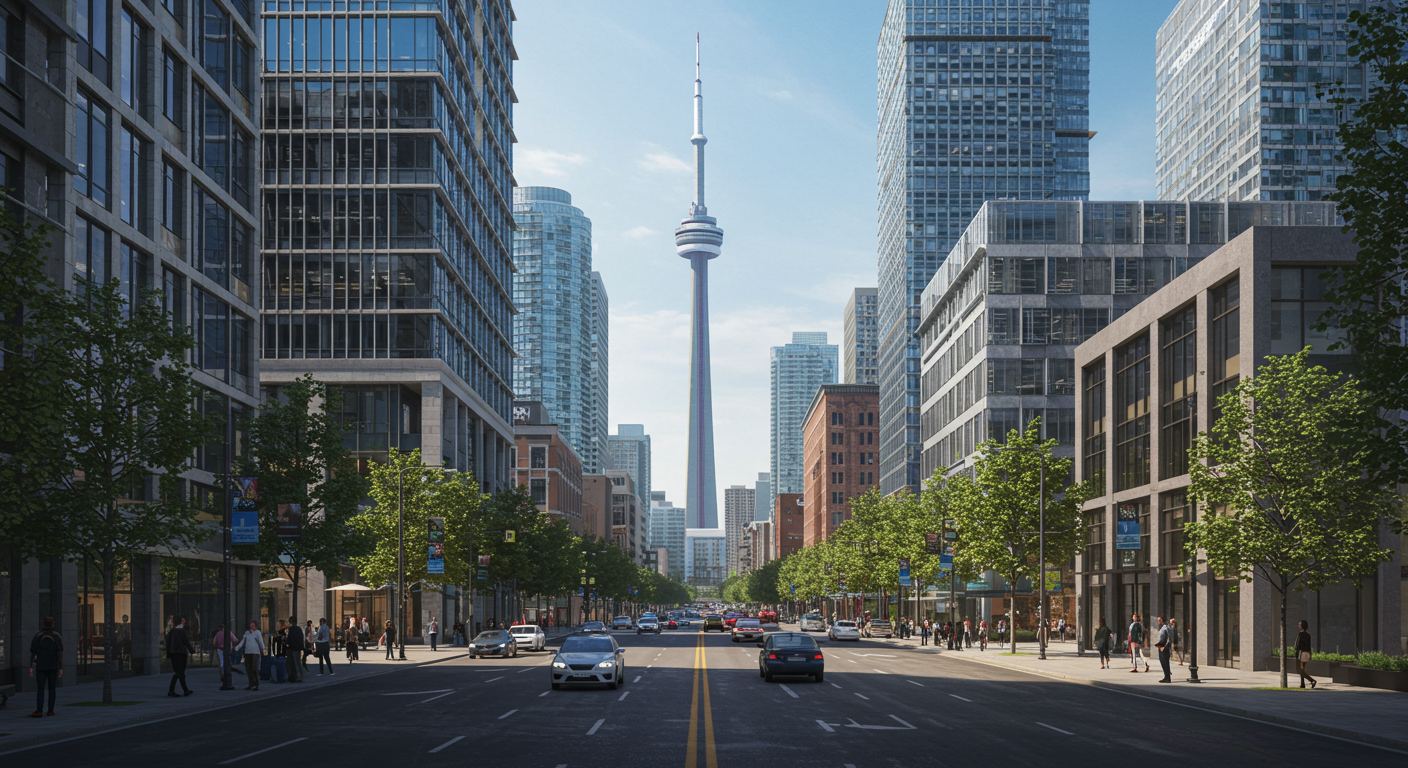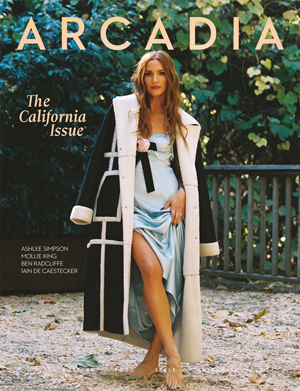
Look, everyone asks about Toronto safety, and for good reason. You’re thinking about moving here, visiting, or maybe booking a rental downtown. Your mom’s worried, your friends have opinions, and Google’s giving you mixed signals.
Here’s the truth: Toronto is genuinely one of the safer big cities you’ll find in North America. But that doesn’t mean you should walk around with your wallet hanging out or ignore which neighborhoods to avoid after dark.
This guide covers:
- 2025 Toronto crime rates and safety rankings explained
- Neighborhoods: safest, riskiest, and what to expect
- Practical safety tips for residents and visitors
- What short-term rental Toronto guests should know
Quick Glance of Toronto Safety Situation in 2025
| Section | Actionable, Specific Takeaway |
| 2025 Crime Rate & Safety Index | Toronto’s crime rate is below the national average; safety index remains high, but property crime is rising. |
| Safest & Riskiest Neighborhoods | Downtown, Old Toronto, and Toronto Islands are the safest; Jane & Finch, Moss Park, and Sherbourne need caution. |
| Crime Trends (Violent/Property/Youth) | Violent crime up 6%, property crime down 3%, youth crime up 4%; auto theft and assaults are main concerns. |
| Safety Tips for Residents & Visitors | Stay alert, secure valuables, avoid risky areas at night, and use public transport with awareness. |
| Public Transport & Nightlife Safety | TTC is generally safe, but incidents occur; avoid empty stations late, and use rideshares for late-night travel. |
| Short-Term Rental Toronto Guest Advice | Choose rentals in safe, central areas; check building security and local crime stats before booking. |
| Community Programs & Policing | Targeted policing and youth programs help reduce crime in high-risk neighborhoods. |
| Comparing Toronto to Other Cities | Toronto is safer than most large North American cities, but some smaller Canadian cities have lower crime rates. |
Toronto’s 2025 Crime Rate and Safety Index
Toronto keeps getting ranked as one of North America’s safest major cities, and the numbers back it up. But here’s what the safety reports don’t tell you: the city’s changing, and some crimes are getting worse while others improve.
The crime severity index sits at 58.5. Sounds technical, but it basically means Toronto’s crime is less severe than Montreal’s or Calgary’s. With over 6 million people packed into the GTA, you’d expect chaos. Instead, the crime rate of 4,160 incidents per 100,000 residents stays below Canada’s national average.
Compare that to similar-sized American cities? Toronto looks like a peaceful suburb.
How Toronto Compares to Other Major Cities
| City | Crime Severity Index | Population | Crime Rate (per 100k) |
| Toronto | 58.5 | 6,202,225 | 4,160 |
| Montreal | 67.2 | 4,291,732 | 5,200 |
| Calgary | 62.1 | 1,392,609 | 4,800 |
| Halton Region | 31.4 | 596,637 | 2,100 |
Crime Trends: What’s Changed Since 2024?
Here’s where it gets interesting. Violent crime jumped 6% this year. That sounds scary until you realize most “violent” incidents are bar fights, domestic disputes, or teens getting into scraps. Youth-involved crimes are up 4%, but property crimes dropped 3%.
The real problem? Car theft. Toronto now leads Canada in stolen vehicles, which explains why everyone’s suddenly paranoid about their Honda Civic.
Gun violence actually fell 30% since 2019, despite what your Twitter feed suggests.
Neighborhood Safety Breakdown
Not all Toronto neighborhoods are created equal. In some areas, you could leave your laptop on a patio table overnight. Others? You’ll want to walk fast and keep your head up.
Safest Areas in Toronto
The Business District doesn’t mess around with security. Old Toronto feels like a movie set where nothing bad happens. Chinatown remains busy enough that trouble tends to move elsewhere. Kensington Market has that community watch vibe where everyone knows everyone.
Toronto Islands are basically Canada’s version of a gated community, except it’s surrounded by water instead of walls.
North York and Etobicoke work great for families who want suburban safety with city access.
Areas with Higher Crime Rates
Jane & Finch has a reputation for a reason. The numbers don’t lie – more incidents, more police calls, more stuff you don’t want to deal with. Moss Park can get sketchy, especially after dark. The Sherbourne stretch between King and Bloor? Just don’t.
Streets connected to Jarvis need extra caution. Gerrard and Queen’s Park area can surprise you with problems when you’re not expecting them.
These aren’t no-go zones, but they’re places where street smarts matter more.
How to Research Neighborhood Safety Before Moving or Booking
Don’t trust real estate agents who say everywhere is “up and coming.” Check Toronto Police crime maps. Read local Facebook groups and Reddit threads – residents share the real story about break-ins, car thefts, and weird incidents.
For visitors seeking quality accommodations, Corporate Stays offers excellent short-term rentals in Toronto in the city’s most desirable neighborhoods. These professionally managed properties provide both comfort and peace of mind, with many located in areas that consistently rank among the safest in the city.
Safety Tips for Residents and Visitors
Toronto’s relatively safe, but “relatively” doesn’t mean you should walk around like you’re in Mayberry. Common sense still rules.
1. General Safety Practices
Keep your phone charged and your wits about you in crowds. Tourist areas attract pickpockets who know you’re distracted by CN Tower selfies. Lock everything – your car, bike, apartment door, gym locker. Thieves look for easy opportunities.
Don’t flash cash, expensive jewelry, or the latest iPhone in sketchy areas. Store valuables where they can’t be seen through car windows.
Know where you’re going before you leave. Lost tourists look like targets.
2. Public Transport and Nightlife Safety
The TTC works fine during rush hour when trains are packed with commuters. Late night is different. Empty subway cars after midnight can get weird fast. Well-lit stations are your friend.
If you’re out drinking until 2 AM, budget for Uber. The extra $15 is worth avoiding subway drama.
Downtown nightlife brings out both the fun crowd and the troublemakers. Keep your group together and don’t let strangers buy you drinks.
3. Advice for Solo and Female Travelers
Toronto generally treats solo women well, but don’t test it by walking through empty areas at night. Stick to main streets with foot traffic. The PATH underground walkway system lets you move around downtown without going outside, which helps in winter and late hours.
Most neighborhoods welcome everyone, but trust your instincts if something feels off.
What Short-Term Rental Toronto Guests Should Know
Picking the wrong rental location can ruin your Toronto experience. You want convenience, safety, and value – not necessarily in that order.
Choosing a Safe Short-Term Rental
Corporate Stays offers short-term rentals in central Toronto neighborhoods, providing the best combination of safety and accessibility. The Business District, Old Toronto, or anywhere near major subway lines keeps you connected and secure.
Building security matters more than you think. Controlled entry stops random people from wandering the halls. Security cameras and on-site staff add extra layers of protection.
Read recent reviews, not just the five-star highlights. Guests mention safety concerns, noise issues, and neighborhood problems that property descriptions skip.
Staying Safe During Your Stay
First thing: figure out emergency exits and building policies. Keep doors and windows locked, especially ground-floor units. Don’t buzz in random people who claim to be “making deliveries.”
Report suspicious activity to property management immediately. Most professional rental companies have 24/7 contact systems for exactly these situations.
Common Mistakes and How to Avoid Them
Don’t leave valuables visible in your rental or car. Don’t ignore building security protocols. Don’t assume everywhere in Toronto is equally safe just because the city has a good reputation overall.
Book with established companies that prioritize guest safety and property security over bargain prices.
Staying Safe: Real-World Scenarios and Expert Tips
Even safe cities have bad days. Knowing what to do when things go wrong matters more than memorizing crime statistics.
What to Do If You’re a Victim of Crime
Call 911 immediately for emergencies. Use the Toronto Police Service’s non-urgent line for theft reports and minor incidents. Most neighborhoods have victim assistance programs that help with paperwork, insurance claims, and emotional support.
Don’t try to handle crimes yourself or ignore them, hoping they’ll go away.
Emergency Preparedness in Toronto
Toronto’s emergency services handle a wide range of incidents, from blizzards and power outages to public safety alerts. Stay informed through city alerts and local news. Keep emergency contacts handy and know your building’s evacuation procedures.
Professional rental companies provide safety information and emergency contacts as part of their service.
FAQs
Is Toronto safe for tourists in 2025?
Toronto consistently ranks among North America’s safest large cities. Tourists should take standard precautions in crowded areas and at night, but serious crime affecting visitors is rare.
What are the safest neighborhoods in Toronto?
The Business District, Old Toronto, Chinatown, Kensington Market, and Toronto Islands offer the lowest crime rates and strongest community safety networks.
How does Toronto’s crime rate compare to other cities?
Toronto’s crime rate stays below the Canadian national average and is significantly lower than most major North American cities, though some smaller Canadian communities are even safer.
Is public transport safe in Toronto at night?
Public transport is generally secure, but late-night incidents do happen. Use well-lit stations, avoid empty subway cars, and consider rideshares after midnight for extra safety.
What should I avoid in Toronto as a visitor?
Avoid walking alone through poorly lit areas after dark, particularly in Jane & Finch, Moss Park, and the Sherbourne corridor. Keep valuables secure and stay alert in all situations.







